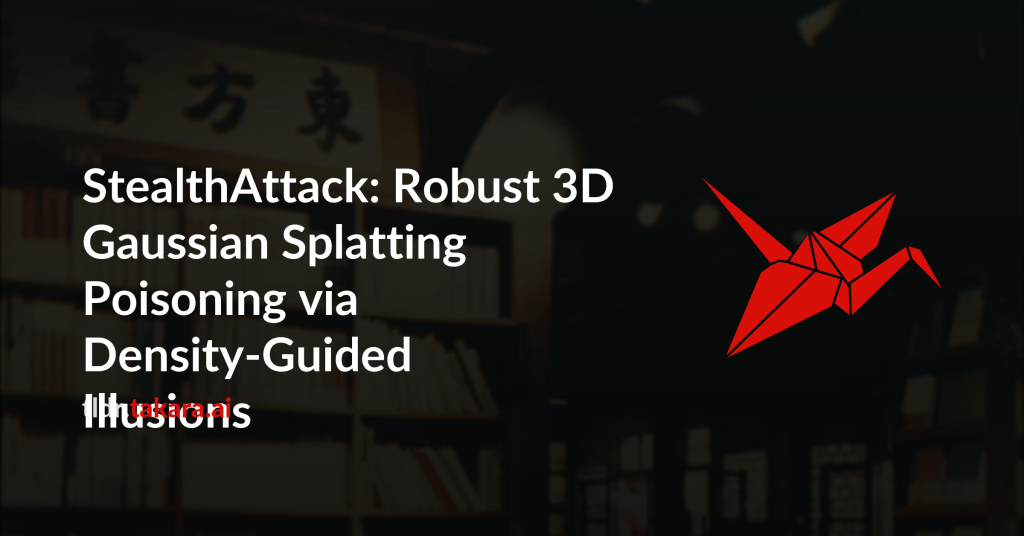3D scene representation methods like Neural Radiance Fields (NeRF) and 3D
Gaussian Splatting (3DGS) have significantly advanced novel view synthesis. As
these methods become prevalent, addressing their vulnerabilities becomes
critical. We analyze 3DGS robustness against image-level poisoning attacks and
propose a novel density-guided poisoning method. Our method strategically
injects Gaussian points into low-density regions identified via Kernel Density
Estimation (KDE), embedding viewpoint-dependent illusory objects clearly
visible from poisoned views while minimally affecting innocent views.
Additionally, we introduce an adaptive noise strategy to disrupt multi-view
consistency, further enhancing attack effectiveness. We propose a KDE-based
evaluation protocol to assess attack difficulty systematically, enabling
objective benchmarking for future research. Extensive experiments demonstrate
our method’s superior performance compared to state-of-the-art techniques.
Project page: https://hentci.github.io/stealthattack/

